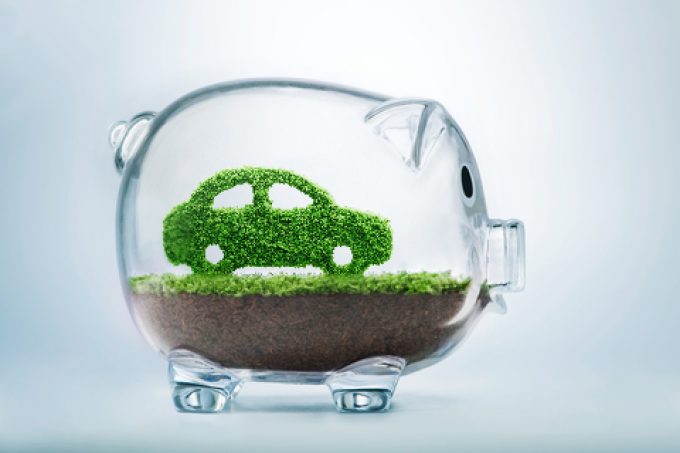US port operators brace for tariff blitz if Trump gets second term
US port operators will be focused on the results of tomorrow’s elections, concerned that potential ...
MAERSK: TRUMP TRADEKNIN: THE SLIDELINE: DEBUT AAPL: ASIA CAPEXDHL: THE HANGOVERXPO: ELECTION DAY RALLY BA: STRIKE OVER GXO: SHEIN AND TEMU IMPACT GXO: PAYING DOWN DEBT AND ORGANIC GROWTH GXO: WINCANTON REGULATORY RISK GXO: PEAK SEASON GXO: WINCANTON STILL A DRAG GXO: FREE CASH FLOW CONVERSION GXO: RETAIL VS INDUSTRIAL TRENDSGXO: WINCANTON UPDATEGXO: CORNERSTONE DEAL SIGNED IN EUROPE GXO: STELLAR THIRD QUARTER GXO: CONF CALL ON THE WAY
MAERSK: TRUMP TRADEKNIN: THE SLIDELINE: DEBUT AAPL: ASIA CAPEXDHL: THE HANGOVERXPO: ELECTION DAY RALLY BA: STRIKE OVER GXO: SHEIN AND TEMU IMPACT GXO: PAYING DOWN DEBT AND ORGANIC GROWTH GXO: WINCANTON REGULATORY RISK GXO: PEAK SEASON GXO: WINCANTON STILL A DRAG GXO: FREE CASH FLOW CONVERSION GXO: RETAIL VS INDUSTRIAL TRENDSGXO: WINCANTON UPDATEGXO: CORNERSTONE DEAL SIGNED IN EUROPE GXO: STELLAR THIRD QUARTER GXO: CONF CALL ON THE WAY

The Biden administration is set to quadruple tariffs on Chinese electric vehicle (EV) imports into the US, and Transport & Environment (T&E) has urged European governments to introduce similar incentives for near-shoring as “the battery race” intensifies.
According to The Wall Street Journal, the price of clean-energy goods exported from China into the US will double as tariffs quadruple, from 25% to 100%, under the new rule, set to be announced today.
The higher tariffs will impact critical minerals, solar goods and batteries sourced from China, but the particular focus is on electric vehicles, reports the WSJ’.
It notes that, while the 25% tariff has de facto barred new Chinese EV models from entering the US market, the Biden administration and domestic automakers are worried it won’t be enough, “given the scale of Chinese manufacturing”.
Meanwhile, a T&E study released yesterday urged that more than half Europe’s battery production plans are at risk from competition in other markets, namely China and the US, without stronger government action.
Nearly half the lithium-ion battery production planned for Europe up to 2030 is secure, according to T&E. This is up one-third from a year ago, following a cascade of measures in response to the US Inflation Reduction Act.
“The remaining 53% of announced cell manufacturing capacity is still at medium or high risk of being delayed, scaled down or cancelled without stronger government action,” warned T&E.
Julia Poliscanova, senior director for vehicles and emobility supply chains at T&E, said: “The battery race between China, Europe and the US is intensifying. While some battery investments that were at risk of being lured away by US subsidies have been saved since last year, close to half of planned production is still up for grabs.
“The EU needs to end any uncertainty over its engine phase-out and set corporate EV targets to assure gigafactory investors that they will have a guaranteed market for their product.”
The study also found that ‘onshoring’ the EV supply chain to Europe would cut the emissions of producing a battery by 37%, compared with a China-controlled supply chain, rising to 60% when renewable electricity is used.
“Producing Europe’s demand for battery cells and components locally would save an estimated 133m tonnes of CO2 between 2024 and 2030, equivalent to the total annual emissions of Czechia,” T&E added.
Comment on this article